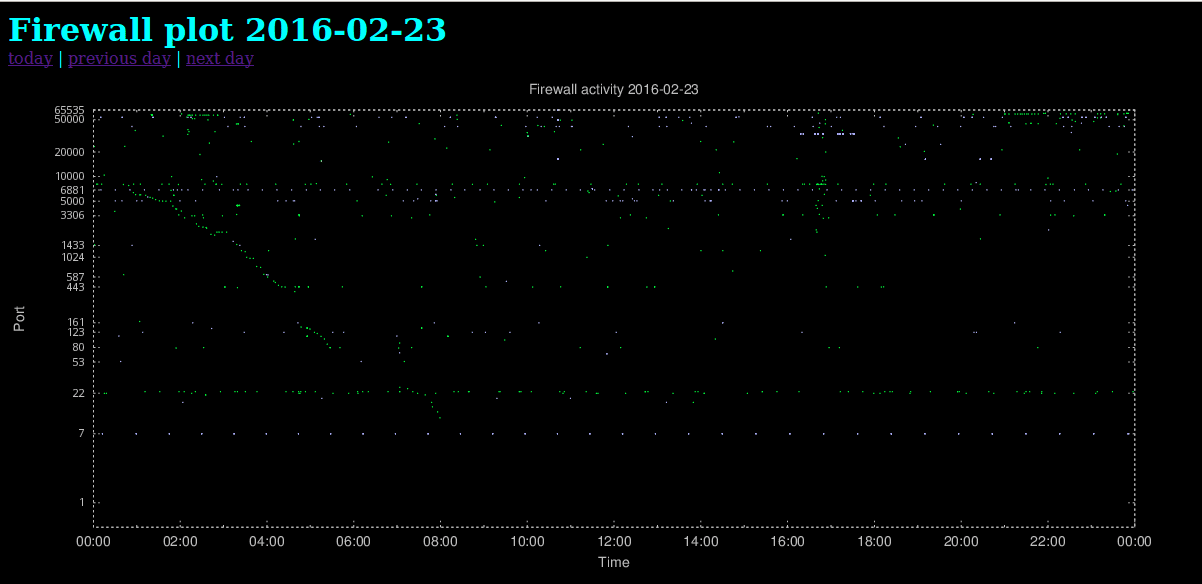A few of systemd features that helps you and your fellow sysadmins.
At 3am, I want to sleep. I do not want SMS with “Service X is down”, and I do not want my systems to wake the on-call personnel, so they can scratch their heads and call me about “Service X is down, and I need help fixing it”.
There are a couple of things you can do to avoid this.
Automatic restarts
Sometimes processes die. Particularly at ... [continue reading]












